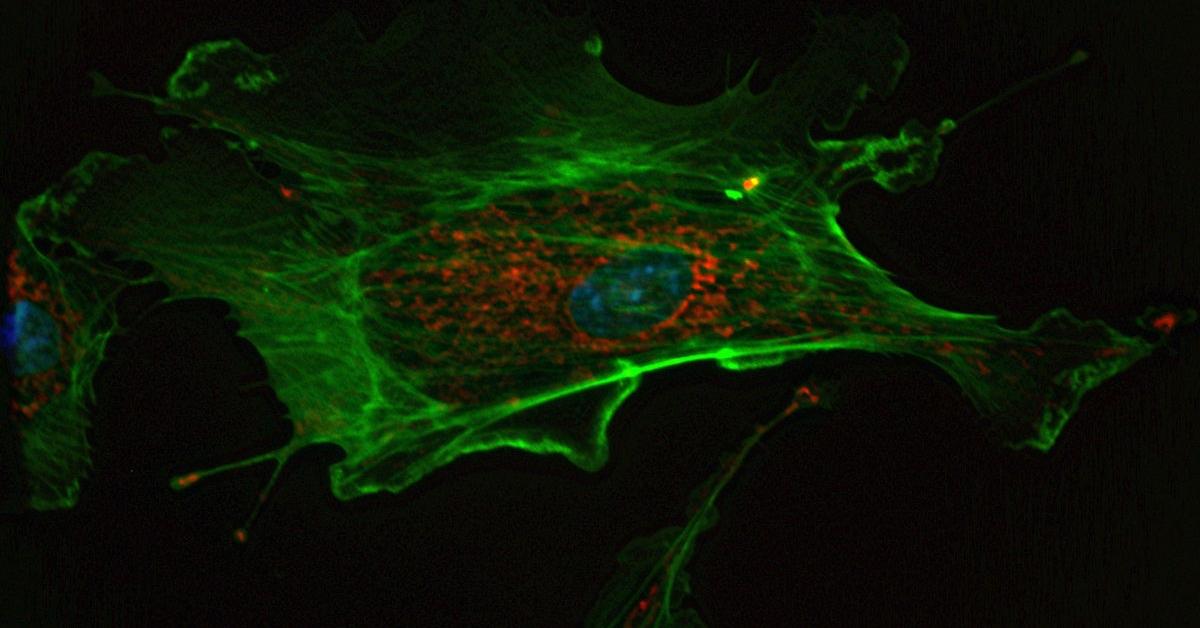Are you curious to know what is the composition of protoplasm? You have come to the right place as I am going to tell you everything about the composition of protoplasm in a very simple explanation. Without further discussion let’s begin to know what is the composition of protoplasm?
Protoplasm is a term that might evoke images of scientific laboratories and microscopic cells, but it is a concept central to our understanding of life itself. Often referred to as the “living substance,” protoplasm is the material within cells that carries out the essential functions necessary for life. In this blog post, we will explore the composition of protoplasm, its significance in biology, and how it contributes to the complexity of living organisms.
What Is The Composition Of Protoplasm?
Protoplasm is a colloidal, jelly-like substance found within the cells of all living organisms, from the simplest one-celled bacteria to the most complex multicellular organisms like humans. It serves as the medium in which the vital processes of life occur, including metabolism, growth, and reproduction. Protoplasm is a complex mixture of various organic and inorganic compounds, each playing a specific role in maintaining cellular functions.
Composition Of Protoplasm
The composition of protoplasm is intricate and includes a wide range of components. Here are some of the key constituents of protoplasm:
- Water: Water is the primary component of protoplasm, constituting approximately 70-90% of its mass. It provides the medium for chemical reactions to take place and helps in the transportation of nutrients and waste products within the cell.
- Proteins: Proteins are fundamental to life and are abundant in protoplasm. They serve various functions, including enzyme catalysis, structural support, and transport of molecules within cells.
- Lipids: Lipids, including fats and phospholipids, are vital for forming cellular membranes. They play a crucial role in regulating the passage of substances in and out of the cell.
- Carbohydrates: Carbohydrates serve as a source of energy for the cell. They are also involved in cell recognition and adhesion processes.
- Nucleic Acids: Nucleic acids, such as DNA (deoxyribonucleic acid) and RNA (ribonucleic acid), carry genetic information and are essential for the synthesis of proteins and cell reproduction.
- Inorganic Ions: Protoplasm contains various inorganic ions, including ions of potassium, sodium, calcium, and magnesium. These ions are essential for maintaining cell membrane potential and cellular signaling.
- Intracellular Structures: Within the protoplasm, various organelles, such as mitochondria, endoplasmic reticulum, Golgi apparatus, and the nucleus, are dispersed. These organelles have specific functions in cellular processes.
Significance Of Protoplasm
Protoplasm is often described as the “living substance” because it is where the essential activities of life occur. It is the site of biochemical reactions, energy production, and genetic information storage and processing. Protoplasm enables cells to grow, reproduce, and respond to their environment. It is the medium through which nutrients are transported, waste products are removed, and chemical signals are transmitted within the cell.
The understanding of protoplasm and its composition has been critical in the advancement of biology and our comprehension of the basic principles of life. It has paved the way for breakthroughs in genetics, cell biology, and biochemistry, contributing to our knowledge of diseases, evolution, and the functioning of living organisms.
Conclusion
Protoplasm is the essential substance that defines life at the cellular level. Its complex composition, consisting of water, proteins, lipids, nucleic acids, carbohydrates, and inorganic ions, enables cells to perform the myriad of functions necessary for life. Without protoplasm, the processes of growth, metabolism, and reproduction that characterize living organisms would not be possible. Understanding the composition and significance of protoplasm is fundamental to unraveling the mysteries of life itself.
FAQ
What Is Protoplasm Composed Of?
Protoplasm is composed of a mixture of small molecules such as ions, amino acids, monosaccharides and water and macromolecules such as nucleic acids, proteins, lipids and polysaccharides.
What Is Called Protoplasm Class 9?
Protoplasm is the colourless liquid within a cell that comprises the cytoplasm, nucleus and organelles. Explanation: A cell is made up of a cell wall that contains protoplasm.
What Is The Composition Of The Cytoplasm?
Cytoplasm is a thick solution that fills each cell and is enclosed by the cell membrane. It is mainly composed of water, salts, and proteins. In eukaryotic cells, the cytoplasm includes all of the material inside the cell and outside of the nucleus.
What Is The Formula For Protoplasm?
Protoplasm = Cytoplasm + Nucleus
I Have Covered All The Following Queries And Topics In The Above Article
What Is The Composition Of Protoplasm Class 9
What Is The Chemical Composition Of Protoplasm
What Is The Composition Of Protoplasm?
What Is The Composition Of Protoplasm
What is the composition of protoplasm?
